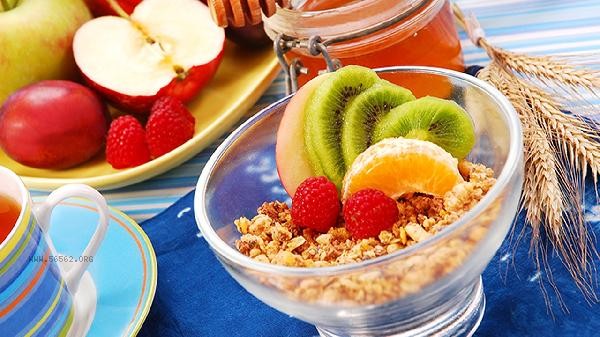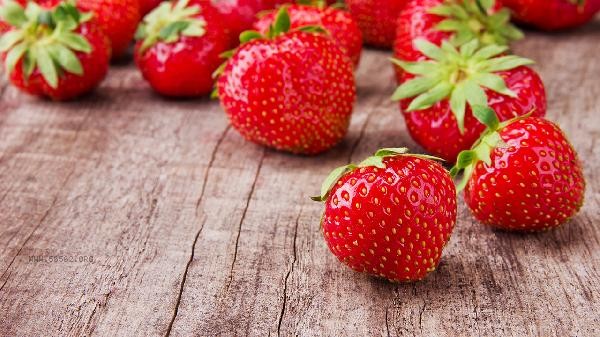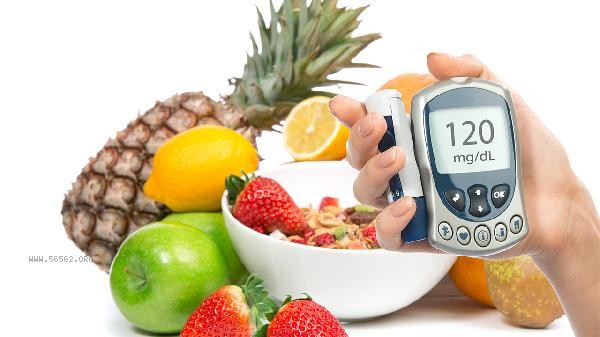Strawberries generally take 3-4 months from planting to fruiting, which is influenced by various factors such as variety characteristics, climate conditions, cultivation management, soil conditions, and pest control.

1. Variety Characteristics
There are differences in the growth cycle of different strawberry varieties. Early maturing varieties such as Hongyan and Zhangji usually bear fruit 80-90 days after planting, while late maturing varieties such as Sweet Charlie may take 100-120 days. Four season strawberries can achieve multiple fruiting throughout the year under suitable conditions, but a single fruiting cycle still requires 60-70 days. 2. Climate conditions: Strawberries prefer cool environments, with a temperature range of 15-25 degrees Celsius being most conducive to fruit development. Strawberries planted in spring bear fruit faster in areas with large temperature differences between day and night, while high temperatures in summer can delay fruit ripening. Northern greenhouse cultivation can shorten the fruiting period to about 70 days through temperature control.
3. Cultivation Management
Scientific fertilizer and water management can significantly shorten the fruiting cycle. Apply sufficient decomposed organic fertilizer before planting, increase the application of phosphorus and potassium fertilizers during the flowering and fruiting period, and keep the soil moist without waterlogging. Strawberry orchards that use drip irrigation systems combined with plastic film mulching usually harvest 10-15 days earlier than traditional planting.
4. Soil condition
Loose and fertile slightly acidic soil is most suitable for strawberry growth. When the soil pH value is maintained between 5.5-6.5 and the organic matter content exceeds 3%, the strawberry root system develops well, nutrient absorption efficiency is high, and the fruiting time can be shortened by 5-8 days. The sticky soil needs to be improved before planting.

5. Disease and pest control
Effective prevention and control of diseases and pests such as gray mold, powdery mildew, and spider mites can avoid delayed results. The fruit development of diseased plants is stagnant, while healthy plants adopt a combination of biological and physical control, entering the harvest period 3-5 days earlier than chemical control. Regularly removing diseased and old leaves helps to concentrate nutrient supply to the fruit. During the fruiting period of strawberries, sufficient sunlight should be maintained, and at least 6 hours of direct sunlight per day can promote sugar accumulation. Proper water control during the fruiting period can enhance fruit sweetness, and fertilization should be stopped 7 days before harvesting. Potted strawberries should be stored in containers with a diameter of at least 30 centimeters, and each plant should retain 5-6 robust inflorescences. It is recommended to choose seasonal varieties with strong disease resistance for home planting, and adopt hanging cultivation to reduce the occurrence of pests and diseases. When two-thirds of the surface of the fruit turns red, it can be harvested. Over ripe fruits are susceptible to bird damage. Continuous rainy weather requires the construction of rain shelters to prevent fruit decay. Timely fertilization after harvesting can promote secondary fruiting.









Comments (0)
Leave a Comment
No comments yet
Be the first to share your thoughts!